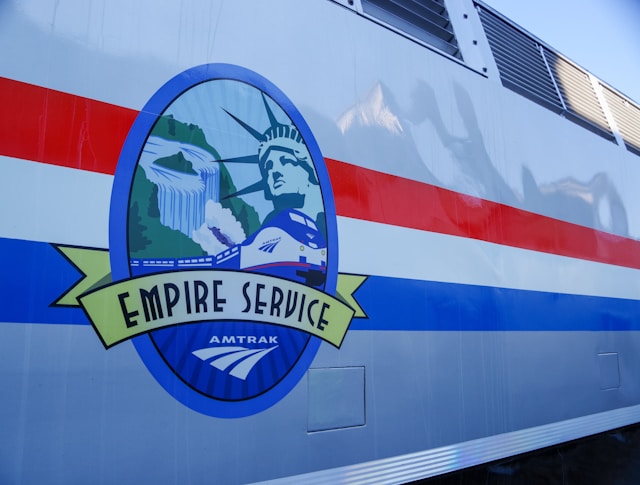Amtrak
Live Amtrak Train Map
Loading map...
Selected Network
Loading map...

Amtrak is the national passenger railroad service of the United States.
The story of
Amtrak, a combination of the words 'America' and 'track', was established in 1971 to take over most of the country's intercity passenger rail services. It was created in response to the decline of private passenger rail services, as many railroads were facing bankruptcy. Amtrak has since become an essential part of the U.S. transportation system, operating a nationwide rail network that serves over 500 destinations across 46 states. Despite facing financial challenges and competition from other modes of transport, Amtrak has continued to modernize its fleet and expand its services, including the introduction of high-speed Acela trains in the Northeast Corridor.
These statistics are updated in real-time based on current train data for this network. (Speed data not available for this network)